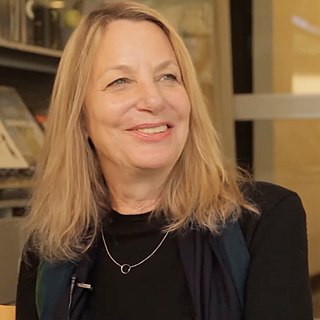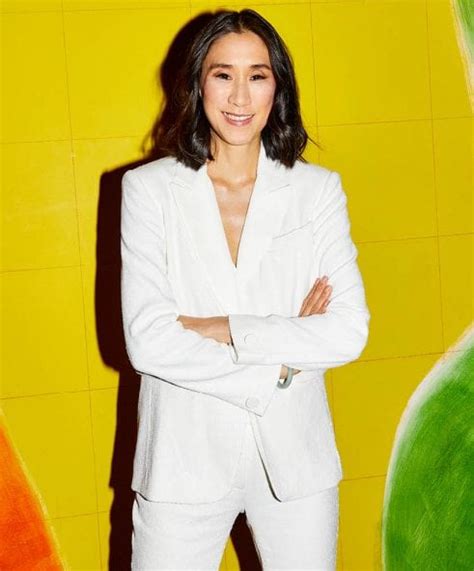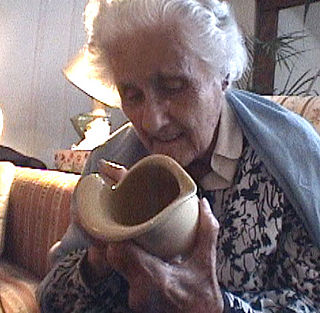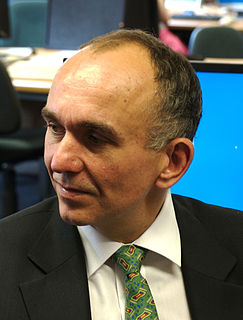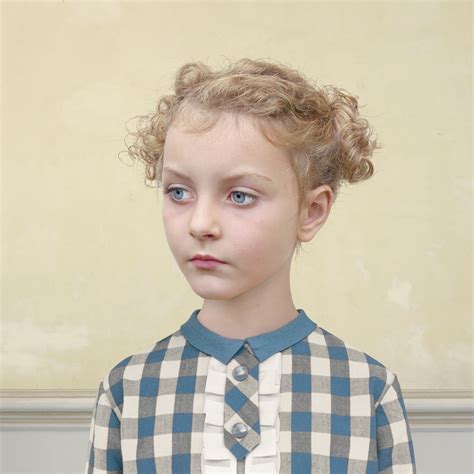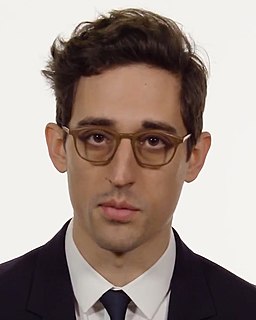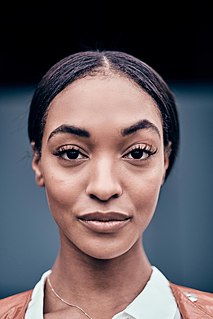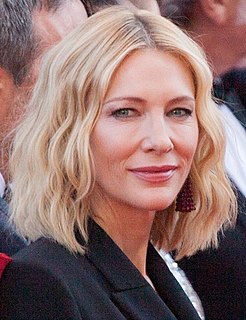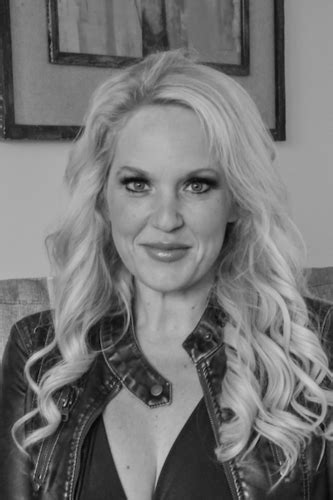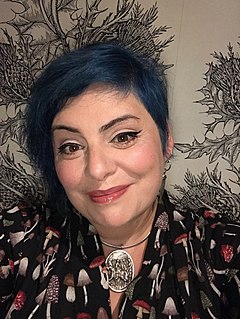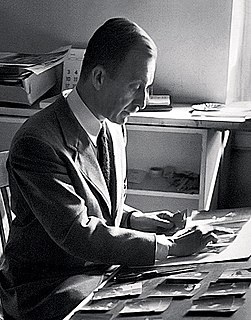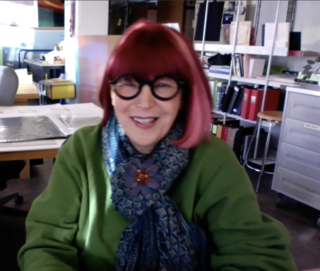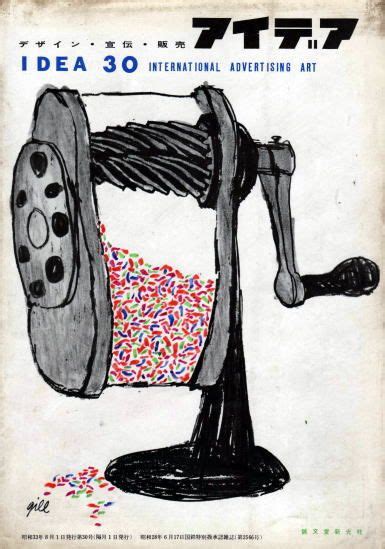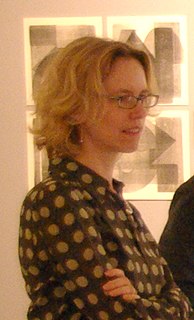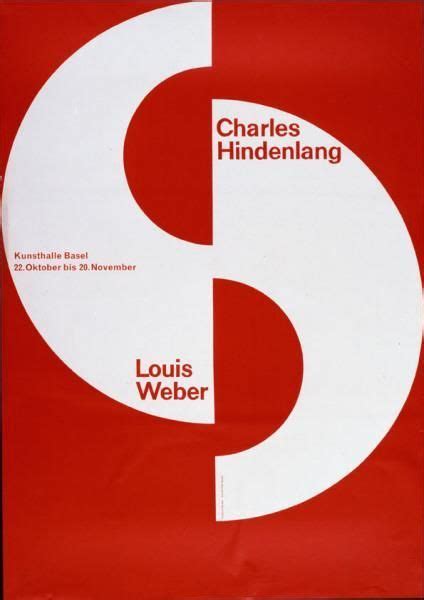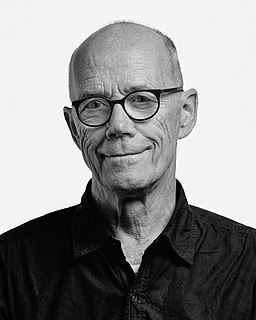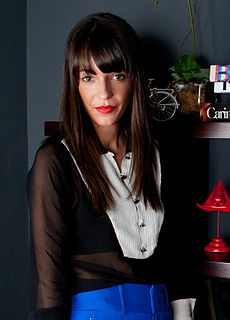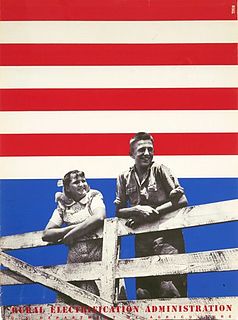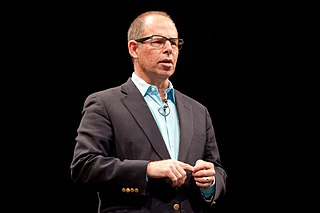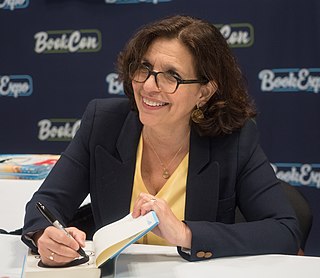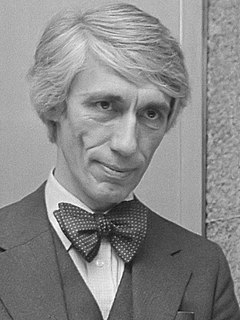A Quote by Paula Scher
I do different things. I'm a designer. I'm a painter.
Quote Topics
Related Quotes
How a designer gets from thought to thing is, at least in broad strokes, straightforward: (1) A designer conceives a purpose. (2) To accomplish that purpose, the designer forms a plan. (3) To execute the plan, the designer specifies building materials and assembly instructions. (4) Finally, the designer or some surrogate applies the assembly instructions to the building materials. What emerges is a designed object, and the designer is successful to the degree that the object fulfills the designer's purpose.
There's always a joy in newness as a painter, and in sub-Saharan Africa, I encountered different realities with regard to light and how it bounces across the skin. The way that blues and purples come into play. In India and Sri Lanka, it was no different. It became a moment in which I had an opportunity to learn as a painter how to create the body in full form, and that's a very material and aesthetic thing. This is not conceptual. It's all an abstraction.
